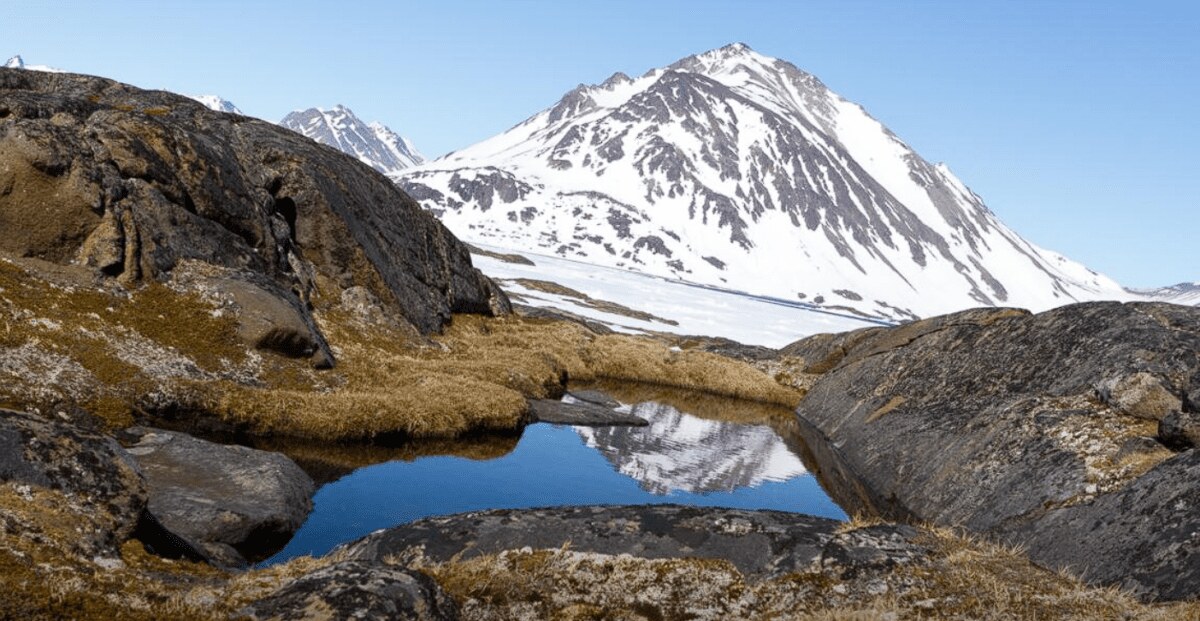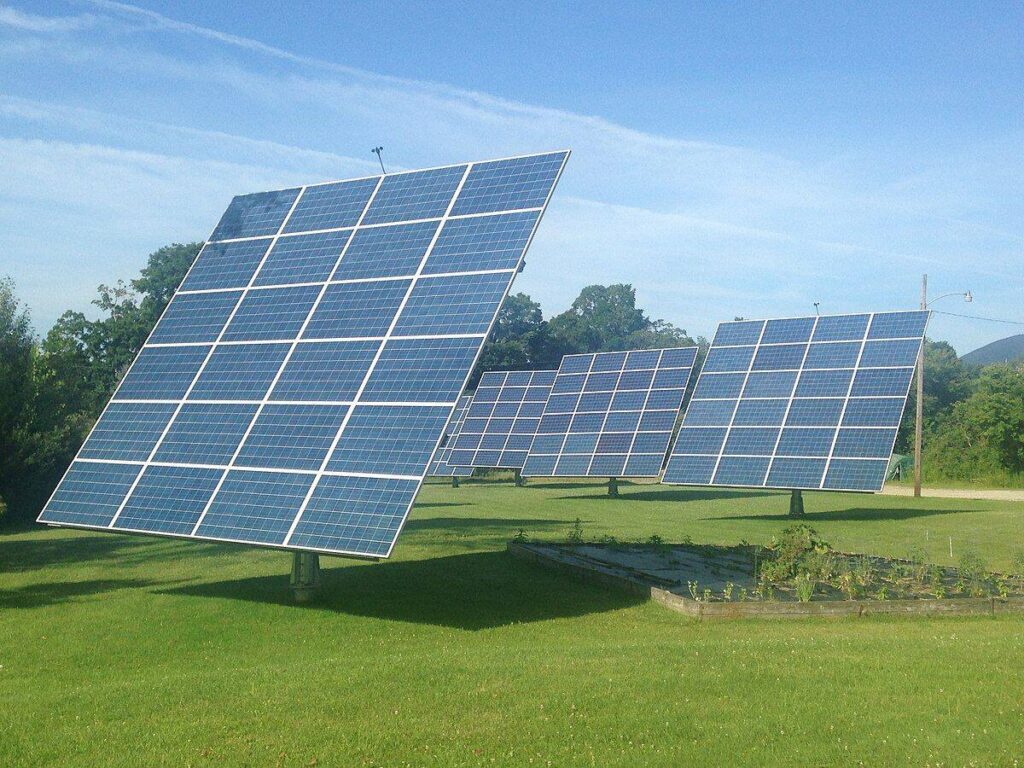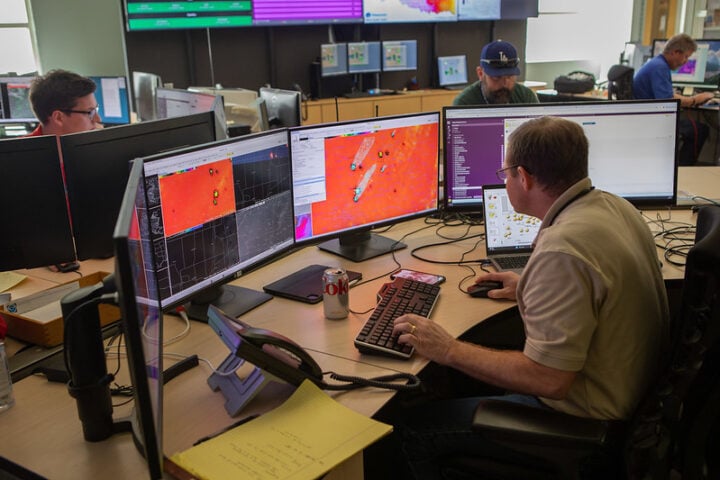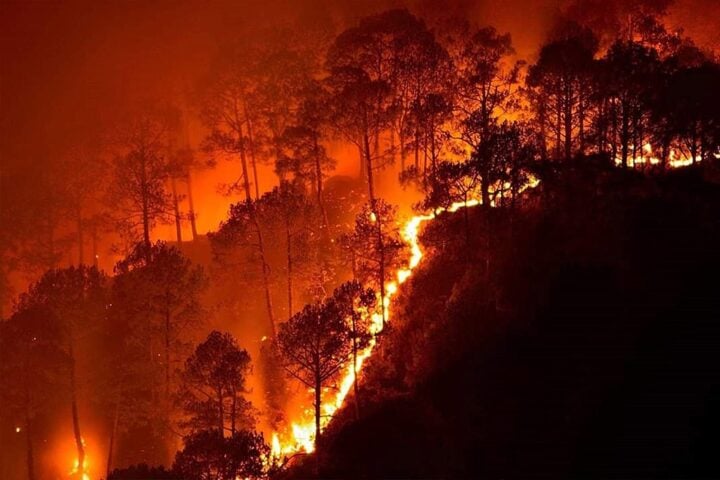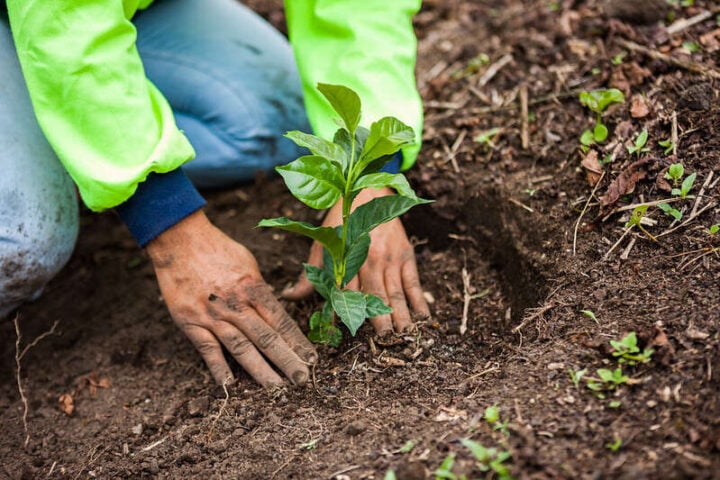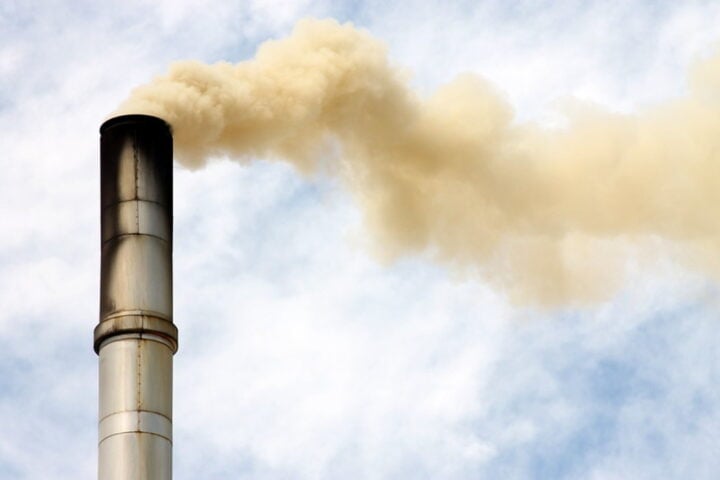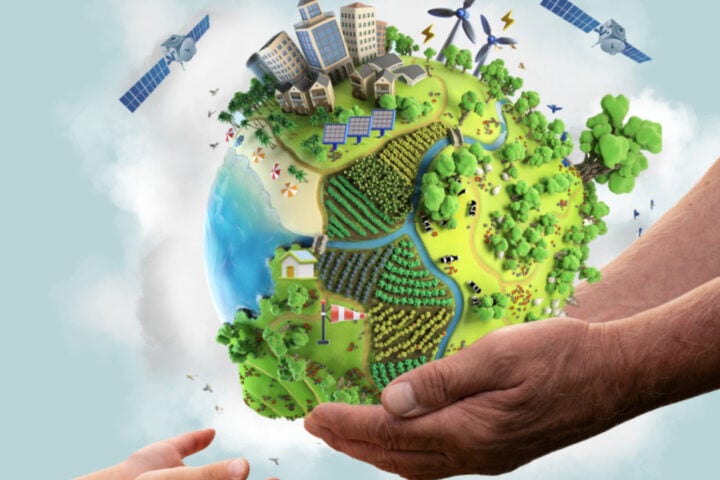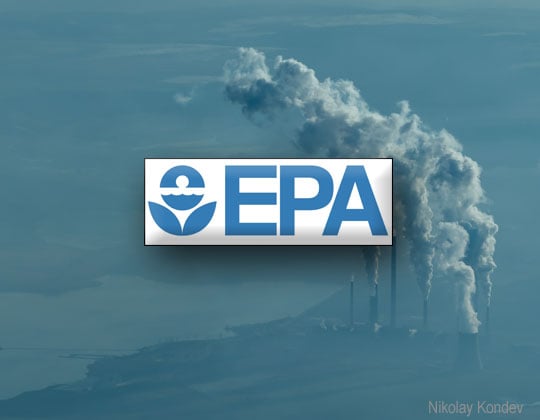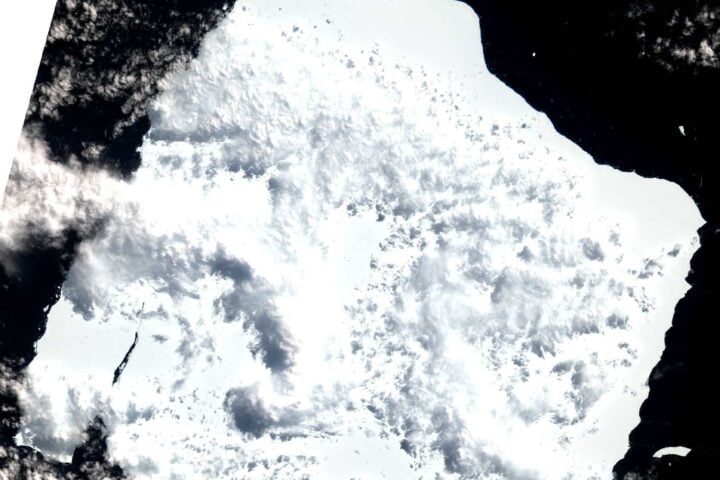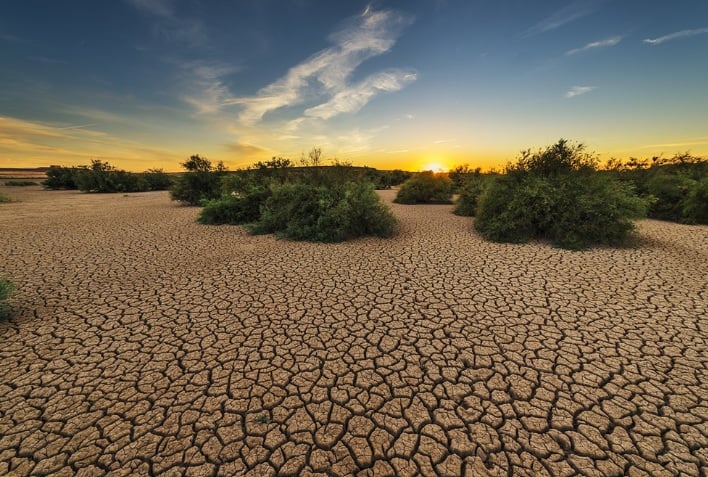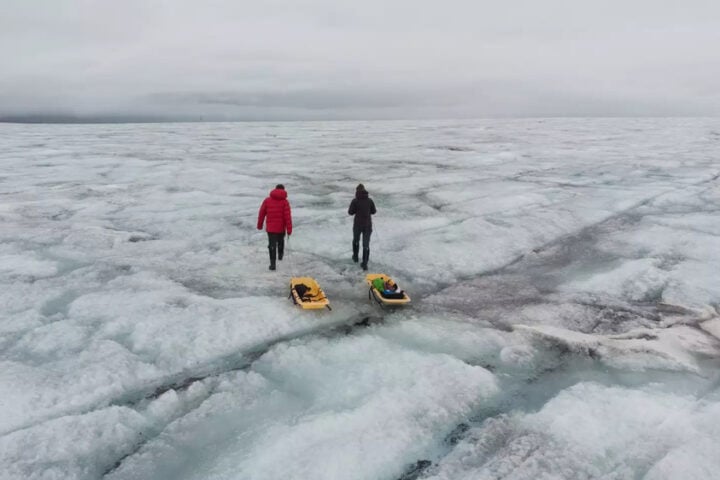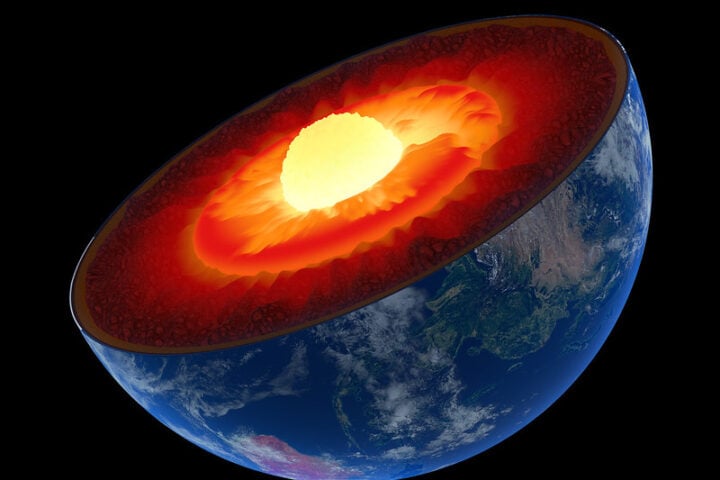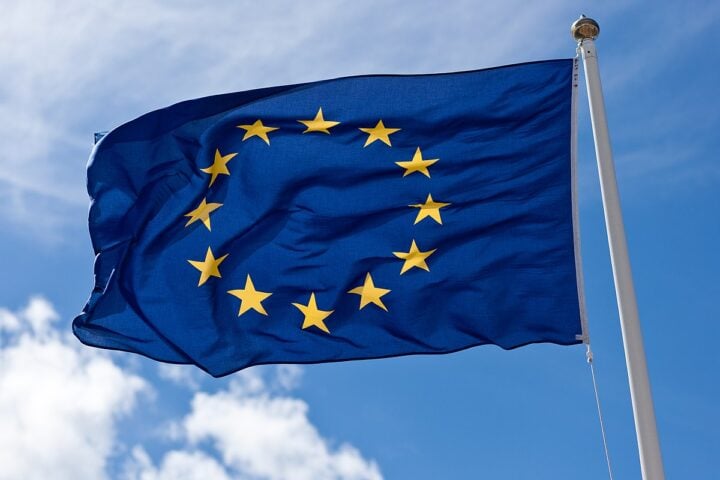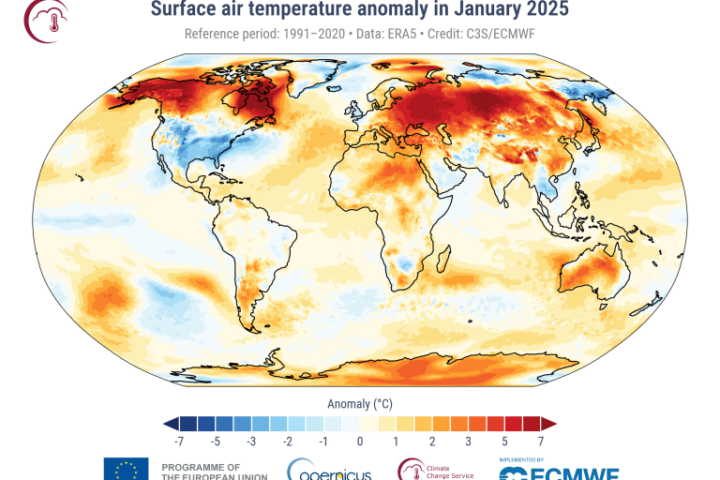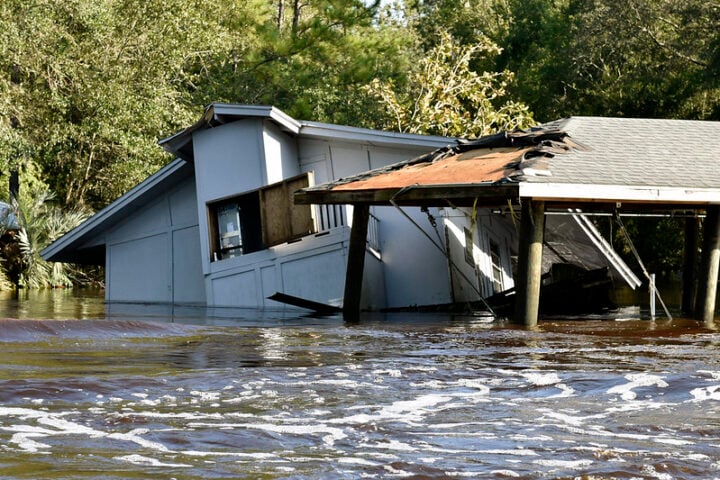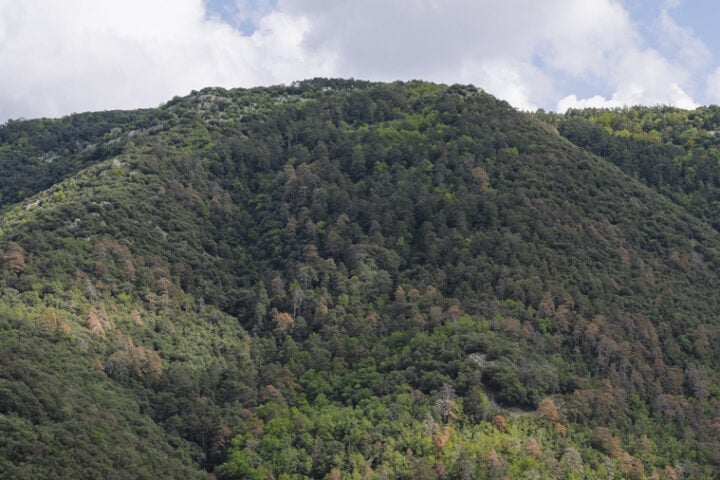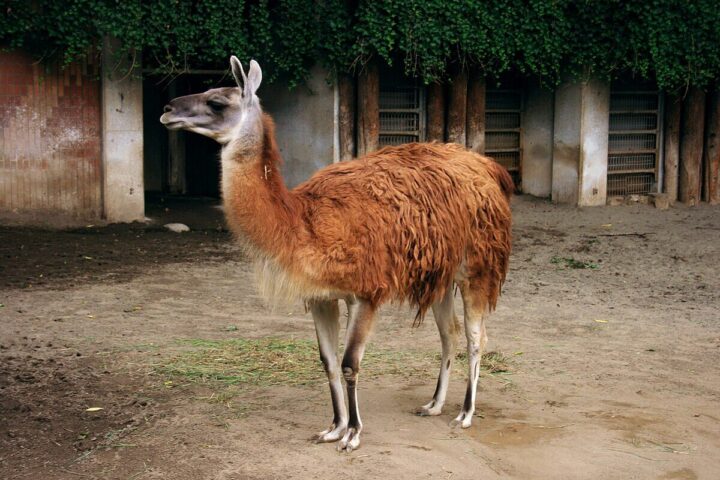A new study reveals that Greenland’s ice sheet, which melted by 90% over the last million years, heightens the catastrophic risk predictions for rising sea levels. The discovery of plant, insect, and fungal remains beneath three kilometers of ice provides undeniable evidence of this event. Most of Greenland’s ice sheet disappeared during the last million years when greenhouse gas concentrations were lower than today, indicating that the ice sheet is more fragile than scientists previously thought. This is the key conclusion of a study published in PNAS, offering the first direct evidence that the central part (not just the edges) of this region’s ice sheet melted in the recent geological past.
The island, now ice-covered, once hosted a green tundra landscape, drastically increasing the predictions of global catastrophe due to rising sea levels if emissions are not reduced. A research team, co-led by Paul Bierman, a scientist at the University of Vermont, and Halley Mastro, a graduate student at the same university, along with nine other researchers, examined a few centimeters of sediment from the bottom of an ice core. The samples, extracted from the center of Greenland in 1993 and preserved for 30 years in a Colorado storage facility, surprised researchers. They found the soil contained willow wood, insect parts, fungi, and a poppy seed in perfect condition.
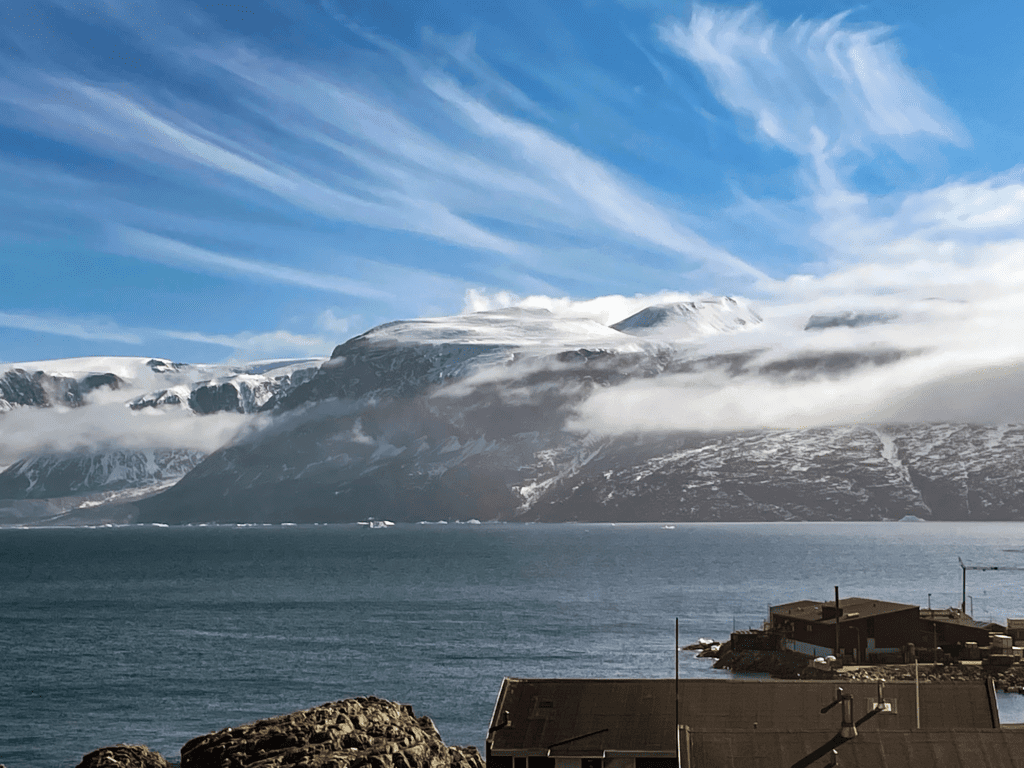
Greenland’s ice sheet melting would contribute around six meters of sea level rise, as all the water trapped in ice on land would be released into the ocean. “Look at Boston, New York, Miami, Mumbai or pick your coastal city around the world, and add twenty plus feet of sea level,” said Bierman. “It goes underwater. Don’t buy a beach house.” Bierman comments: “Several hundred million people will be displaced by that sea level rise, which has already begun and will accelerate as the climate warms. It will take several centuries to several thousand years for all of Greenland’s ice to disappear, but much of the future warming is already certain because atmospheric carbon levels will remain high for tens of thousands of years.”
The area of Greenland that has lost ice over the last three decades is approximately 36 times the size of New York City, with land quickly giving way to wetlands and shrubs, according to a study published on Tuesday. The amount of vegetation in Greenland doubled between the mid-1980s and the mid-2010s as swathes of the country that were once covered by ice and snow transformed into barren rock, wetlands, or shrublands. Wetlands alone quadrupled during this period. By analyzing satellite images, scientists discovered that Greenland lost 28,707 square kilometers of ice over three decades and warned of a cascade of impacts that could have severe consequences for climate change and rising sea levels.
Similar Posts
The increase in air temperature has driven the ice loss, which in turn has raised the land temperatures. This has caused the melting of permafrost- a frozen layer just beneath the Earth’s surface found in much of the Arctic, and that melting releases carbon dioxide and methane that warm the planet, contributing to further global warming. The thawing permafrost is also causing ground instability, which could affect infrastructure and buildings.
“We have observed signs that the ice loss is triggering other reactions that will lead to further ice loss and greater ‘greening’ of Greenland, where the reduction of ice exposes the bare rocks that are then colonized by tundra and eventually by shrubs,” said Jonathan Carrivick, one of the report’s authors, in a press release. “At the same time, the water released by the melt displaces sediments and silt, which eventually form wetlands and marshes.”
Ice loss is creating what is known as a feedback loop. Snow and ice typically reflect the sun’s energy back into space, preventing excessive warming in some parts of the Earth. But as the ice disappears, those areas absorb more solar energy, raising land surface temperatures, which can lead to further ice melt and other negative impacts. The melting also increases the amount of water in lakes, where the water absorbs more heat than snow, further increasing land surface temperatures.
Greenland has been warming at twice the global average since the 1970s, and the study’s authors warn that more extreme temperatures are likely in the future. Greenland is the world’s largest island and is mostly covered by ice and glaciers. Around 57,000 people live in the country, which is an autonomous territory within the Kingdom of Denmark. Much of the population is indigenous, and many of its inhabitants rely on natural ecosystems for survival.
Michael Grimes, the lead author of the report, noted that the flow of sediments and nutrients into coastal waters was particularly problematic for indigenous communities that depend on fishing, as well as for hunters in other parts of the island. “These changes are critical, particularly for indigenous populations whose traditional subsistence hunting practices rely on the stability of these delicate ecosystems,” he stated. “Moreover, the loss of ice mass in Greenland is a substantial contributor to global sea level rise, a trend that poses significant challenges both now and in the future.”
In recent decades, scientists have observed that the Arctic is warming more rapidly than the rest of the planet, leading to “greening” trends in some areas, particularly using satellites. It is believed to be primarily due to the northward expansion of shrub vegetation. That said, Greenland still hosts one of the world’s two largest ice sheets, which retains ice equivalent to about seven meters of sea level rise. This rise is now over 2.5 cm per decade. “And it’s accelerating,” says Bierman. The past melting phenomenon likely persisted for many thousands of years, long enough for soil to form and an ecosystem to take root. “All these findings help us understand that we must act more urgently to reduce emissions and work to remove the carbon we’ve already emitted from the atmosphere,” Mastro concludes.
